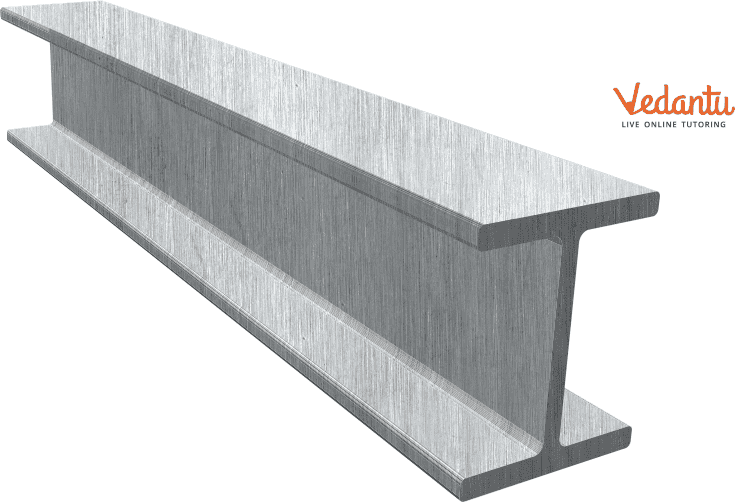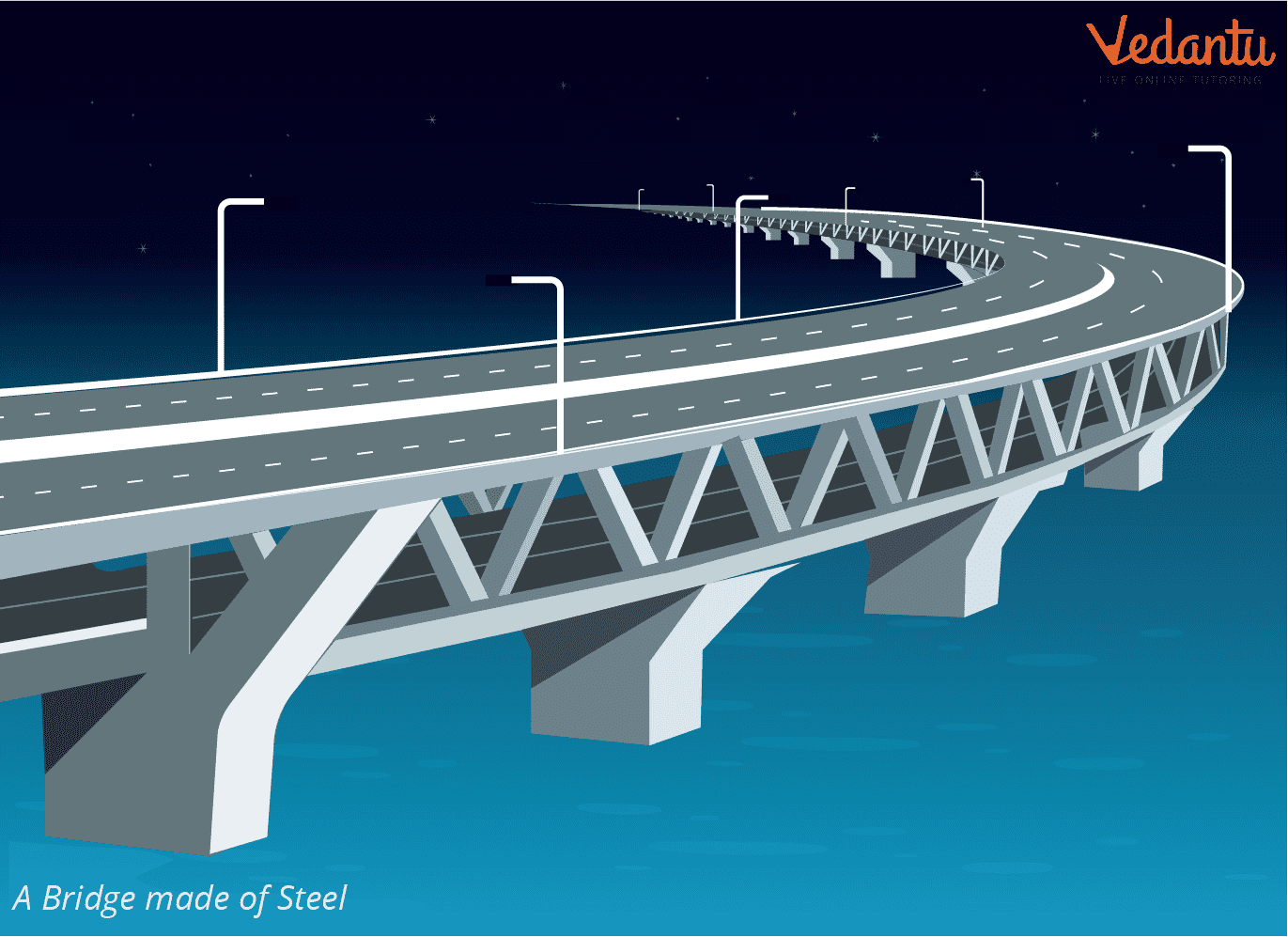




Why Is Steel Important in Everyday Life?
Iron and carbon are two components that are combined to form steel. There are four different types of steel, and within each type are several steel grades. Steel is a flexible alloy with a wide range of conventional uses. It is utilised in various products and humongous uses of steel in daily life, including heavy industrial equipment, vehicles, aircraft, home appliances, and weapons.
Uses of Steel
Most of the tableware and utensils we use on a daily basis are made of stainless steel. Due to the combination of chromium and nickel used in its manufacture, stainless steel is an extraordinarily robust and long-lasting material that won't rust or stain.
Most automobiles' bodies, doors, motors, suspensions, and interiors are made primarily of steel. This is because steel is a flexible substance that can be formed into the shapes required to produce pieces like the frame and body panels.
Steel is used to make a lot of the screws and hinges that we see around our house. Due to its increased resistance to rust and corrosion and its capacity to tolerate extremely high temperatures, stainless steel is a decent choice.

Steel
Uses of Steel in Construction
To Construct High-Rise Buildings- Structural steel is resistant to natural disasters like earthquakes and wind. This one is flexible, so if there is a storm or an earthquake, the steel part of the building will bend rather than break.
To Build Bridges- Steel is a strong metal due to its high strength-to-weight ratio. It is solid and able to support the weight of numerous vehicles and people. With the help of these skills, engineers, designers, and fabricators can build massive, long-lasting bridges.
Construction of Parking Garages- It is lightweight, making it ideal for construction. This makes building buildings easier. Due to the tendency of steel to weaken in extremely hot environments, steel structures are now covered in compounds that make them fire-resistant.
To Construct Industrial Sheds- Another advantage of structural steel is its affordability. The convenience of pre-made steel parts makes it quick and easy to raise structural frames. Additionally, a lot of work can be done in advance at the industrial site, which will save both time and money.

Bridge Made From Steel
Characteristics of Steel
The ability of a material to withstand friction and damage is known as hardness. It's important to remember that while strength and toughness may have the same meaning in everyday speech, they have completely distinct meanings when referring to metal qualities.
Although toughness is hard to pin down, it is widely understood to be the capacity to absorb energy without breaking or rupturing. A material's resistance to fracture under stress is another definition of it. Typically, 'sit expressed in foot-pounds per square inch per centimetre. It's critical to separate this from hardness because a substance that can withstand slipping without slipping could be regarded as incredibly tough.
The force needed to shatter a material is measured by its tensile strength. Hence, Steel can be considered tensile.
Its ductility is the "Degree" to which a material may be stretched or compressed without breaking. It lies between the strength properties and the yield strength and is given as a percentage of the length being evaluated which is what per cent the material bend before breaking.
Steel Applications
Several key market sectors can be used to categorise steel applications.
The Construction of Buildings and Other Infrastructure - such as bridges, uses more than half of the world's yearly steel production. Reinforcing bars and sheet goods, including those used in ceilings and roofs, make up most of the steel used in this industry.
Mechanical Equipment - This second-largest usage of steel includes hand tools like hammers and shovels as well as bulldozers, tractors, machinery that produces auto parts, cranes, and other heavy equipment.
Automotive - A car typically weighs 900 kilogrammes, or nearly 2,000 pounds, of steel. The body and exterior, including the doors, utilise about a third.
Metal-based Goods - This market segment comprises various consumer goods like furniture, food and drink containers and razors.
Household Appliances - The amount of steel in refrigerators, stoves, microwave ovens, dishwashers, and clothes washers and dryers varies, as do the motors where relevant.
Conclusion
Steel is an industrial alloy created by combining iron and carbon. Steel has had a significant impact on our lives, including the vehicles we drive, the structures in which we work, the homes in which we live, and many other aspects: our electricity, power line towers, natural gas pipelines, machine tools, and military equipment. There are various characteristics of steel as it is hard, ductile, tough and has stencil strength.
FAQs on Uses of Steel: Essential Concepts and Applications
1. What is steel and why is it considered an alloy?
Steel is one of the world's most common and important materials, but it is not a pure element. It is an alloy, which is a metal made by combining two or more metallic elements. Specifically, steel is an alloy of iron and carbon. It is classified as an alloy because the addition of carbon fundamentally changes the properties of the base metal (iron), making it significantly stronger and more useful for various applications.
2. What are the main components used to make steel?
The two primary components used to make steel are iron ore and carbon. The process typically involves melting iron ore in a blast furnace to produce molten iron, which still contains excess carbon. This is then processed to reduce the carbon content to a precise amount (usually less than 2%) and other elements may be added to create different types of steel with specific properties.
3. What are some common examples of steel in our daily lives?
Steel is used in countless applications around us due to its strength, durability, and versatility. Some common examples include:
- Construction: Beams, rods, and frames for buildings and bridges.
- Transportation: Car bodies, ship hulls, and railway tracks.
- Household Appliances: Refrigerators, washing machines, and ovens.
- Kitchenware: Stainless steel cutlery, pots, and pans.
- Tools: Hammers, wrenches, and screwdrivers.
4. What are the four main types of steel?
While there are thousands of varieties, steel is generally categorised into four main types based on its chemical composition:
- Carbon Steel: The most common type, consisting of iron and carbon. Its properties are mainly defined by the amount of carbon it contains.
- Alloy Steel: Contains additional elements like manganese, silicon, nickel, or copper to enhance properties like strength, hardness, or heat resistance.
- Stainless Steel: Contains a significant amount of chromium (at least 10.5%), which creates a passive layer that provides excellent corrosion resistance.
- Tool Steel: A very hard steel containing elements like tungsten or cobalt, making it ideal for cutting and drilling tools.
5. How does adding a small amount of carbon to iron create a much stronger material like steel?
The strength of steel comes from its microscopic structure. In pure iron, the iron atoms are arranged in crystal layers that can easily slide past one another, making it relatively soft. When carbon atoms are added, they are much smaller than the iron atoms and fit into the gaps within the iron crystal lattice. This distorts the lattice and makes it much more difficult for the layers of iron atoms to slide, effectively locking them in place. This resistance to internal slippage is what gives steel its significantly higher hardness and tensile strength compared to pure iron.
6. What makes steel a better construction material than pure iron?
Steel is preferred over pure iron for construction for several key reasons. Firstly, steel has superior mechanical properties, including greater strength, toughness, and ductility, allowing it to withstand heavy loads and stresses without breaking. Secondly, pure iron is highly susceptible to rusting (corrosion) when exposed to moisture and air. While some steel can rust, alloys like stainless steel offer excellent corrosion resistance, and other steels can be easily protected with coatings, making them far more durable for long-term structures.
7. Is the production and use of steel environmentally friendly?
The environmental impact of steel is complex. On one hand, steel is 100% recyclable without any loss of quality, which significantly reduces energy consumption and the need for raw materials for new steel. On the other hand, the primary production of steel from iron ore is a highly energy-intensive process that relies heavily on coal and results in significant carbon dioxide (CO2) emissions, contributing to climate change. Therefore, while using recycled steel is sustainable, the initial production process has a major environmental footprint.





















